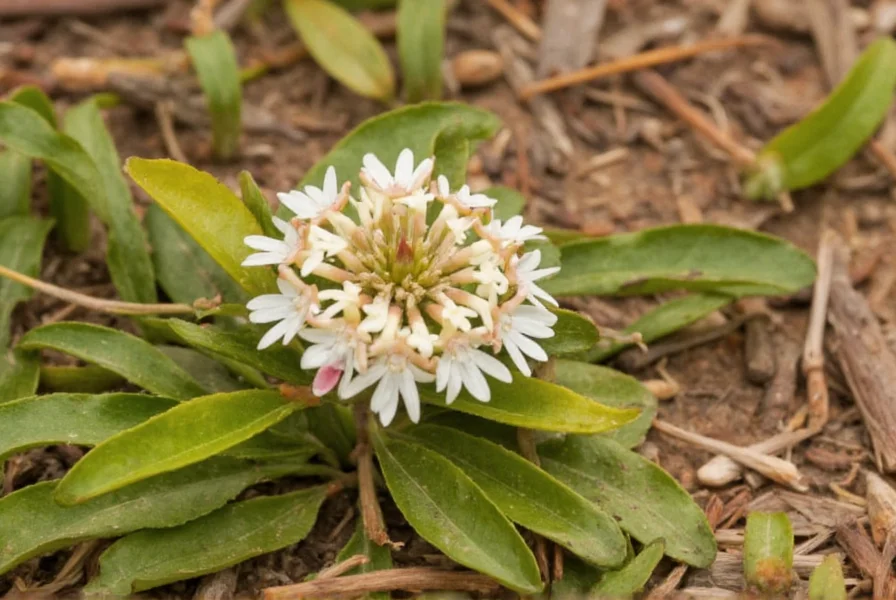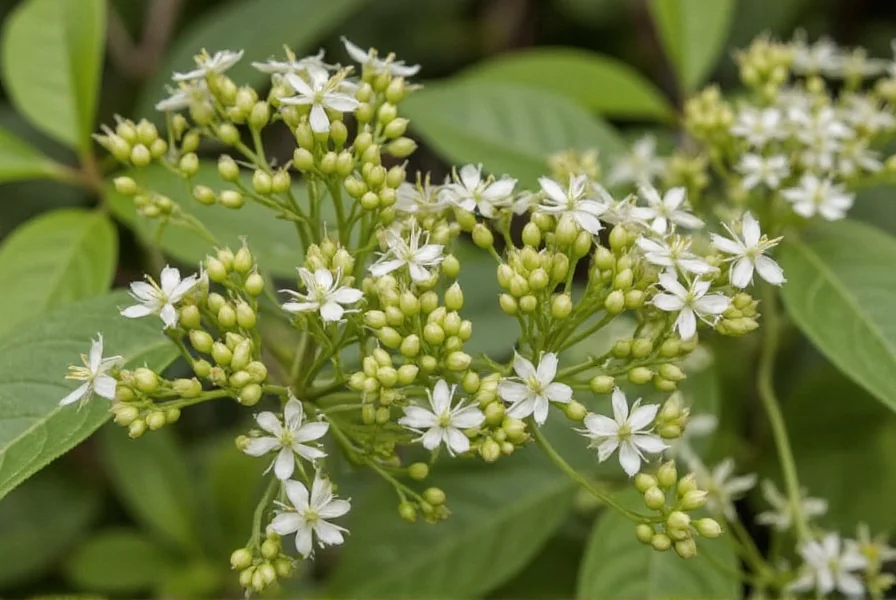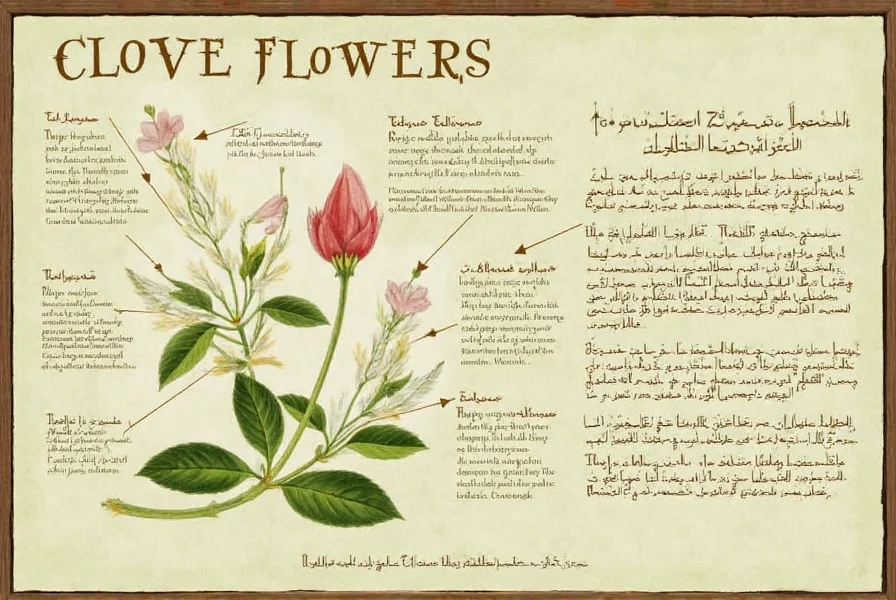Clove flowers represent one of the world's oldest and most valued spices, with a history spanning thousands of years across multiple continents. These aromatic buds come from an evergreen tree native to the Maluku Islands in Indonesia but now cultivated in various tropical regions worldwide including Zanzibar, Madagascar, and Sri Lanka.
Botanical Characteristics of Clove Flowers
The clove tree (Syzygium aromaticum) produces small, reddish-purple flower buds that measure approximately 1.5-2 cm in length. Before harvesting, these buds develop through several stages:
| Development Stage | Appearance | Harvest Timing |
|---|---|---|
| Immature bud | Pale green | Too early - lacks flavor compounds |
| Intermediate stage | Transitioning to pink | Optimal harvest time |
| Near-bloom stage | Bright red | Too late - flowers open, losing potency |
When properly harvested at the intermediate stage, clove flowers contain the highest concentration of essential oils, particularly eugenol (70-90%), which gives them their characteristic aroma and therapeutic properties. The buds feature a thin stem, a bulbous head containing the unopened petals, and a distinctive nail-like shape that inspired their name from the Latin clavus, meaning nail.

Historical Significance and Global Trade
Clove flowers have played a significant role in global trade since ancient times. Historical records show Chinese writings from the 3rd century BC mentioning cloves used as breath fresheners. Arab traders controlled the clove trade for centuries before European powers discovered the Maluku Islands, the original source of these valuable buds.
The Dutch East India Company went to extreme measures to maintain their monopoly, even destroying clove trees on islands they didn't control. This historical context explains why understanding what clove flowers are involves appreciating their complex geopolitical history alongside their botanical characteristics.
Culinary Applications of Clove Flowers
Chefs and home cooks value clove flowers for their intense flavor profile that combines sweetness, warmth, and slight bitterness. When exploring uses of clove flowers in cooking, consider these applications:
- Whole cloves - Ideal for slow-cooked dishes like stews, braises, and mulled beverages where they can be easily removed after infusion
- Ground cloves - Perfect for baking, spice blends, and rubs where even distribution is important
- Clove-infused liquids - Used in syrups, vinegars, and oils to extract flavor without texture
When using clove flowers in recipes, remember that a little goes a long way. Their potent flavor can easily overwhelm other ingredients if used excessively. For those researching how to identify clove flowers versus other spices, note their distinctive four-pointed calyx at the bud's crown and their strong, penetrating aroma.
Scientifically Supported Health Benefits
Modern research validates many traditional uses of clove flowers, particularly regarding their medicinal properties of clove flowers. Studies published in the Journal of Agricultural and Food Chemistry confirm that eugenol, the primary compound in clove flowers, demonstrates significant antioxidant, anti-inflammatory, and antimicrobial effects.
Dental applications represent one of the most well-documented uses, with clove oil providing temporary relief from toothaches due to its analgesic properties. Research in the Journal of Dentistry shows that clove extract can reduce oral bacteria by up to 60% when used as a mouth rinse.

Proper Storage Techniques for Maximum Freshness
To preserve the volatile oils that give clove flowers their distinctive flavor and aroma, proper storage is essential. Unlike many spices that lose potency within months, properly stored clove flowers maintain their quality for 2-3 years. Follow these guidelines for optimal preservation:
- Store in airtight glass containers away from light and heat
- Maintain humidity levels below 60% to prevent mold growth
- Keep away from strong-smelling foods that cloves might absorb
- For long-term storage, consider freezing whole cloves in vacuum-sealed bags
When evaluating the freshness of clove flowers, look for buds with a strong aroma and reddish-brown color. Dull, grayish cloves or those with little scent have likely lost their potency. Understanding the clove flower harvesting process helps explain why proper storage matters—these buds contain delicate essential oils that degrade when exposed to environmental factors.
Clove Flowers in Traditional Medicine Systems
Traditional Chinese Medicine and Ayurveda have incorporated clove flowers for centuries. In Ayurvedic practice, clove flowers (known as lavanga) balance Kapha and Vata doshas while stimulating digestion. Traditional Chinese Medicine uses them to warm the body and treat digestive issues.
Modern science increasingly supports these traditional applications. A 2022 review in the Journal of Ethnopharmacology confirmed that clove flowers demonstrate significant gastroprotective effects, validating their historical use for digestive complaints. When researching health benefits of clove flowers, look for studies that specifically examine the whole bud rather than just isolated eugenol.
Common Misconceptions About Clove Flowers
Several misunderstandings persist about clove flowers that deserve clarification:
- Misconception: Clove flowers come from a different plant than clove spice
Reality: Clove flowers are the spice—there is no distinction between "clove flowers" and "clove spice" - Misconception: All clove products contain the same concentration of active compounds
Reality: Essential oil content varies significantly based on origin, harvest time, and storage conditions - Misconception: Clove flowers work equally well for all health conditions
Reality: While beneficial for certain applications like dental pain, they're not a universal remedy
Understanding the difference between clove flower vs clove spice terminology helps prevent confusion—these terms refer to the same product at different stages of processing.
Sustainable Cultivation Practices
As demand for clove flowers grows, sustainable cultivation becomes increasingly important. Traditional clove farming requires careful management since the trees take 6-8 years to mature and produce optimal yields. Modern agricultural research focuses on:
- Developing disease-resistant cultivars
- Implementing water conservation techniques in clove orchards
- Creating integrated pest management systems that reduce chemical use
- Establishing fair trade practices that benefit local farmers
For those interested in growing clove flowers, note that these trees require specific tropical conditions—consistent temperatures between 20-30°C (68-86°F), high humidity, and well-drained volcanic soil. Attempting to grow clove trees outside these conditions typically yields poor results.
Conclusion
Clove flowers represent far more than just a kitchen spice—they're a botanical marvel with significant historical, cultural, and scientific importance. From their distinctive nail-like shape to their complex chemical composition, these small buds deliver outsized impact across culinary, medicinal, and aromatic applications. When properly harvested, stored, and used, clove flowers provide a unique flavor profile and potential health benefits that have stood the test of time. Understanding both traditional knowledge and modern research helps consumers make informed decisions about incorporating these remarkable botanicals into their lives.











 浙公网安备
33010002000092号
浙公网安备
33010002000092号 浙B2-20120091-4
浙B2-20120091-4